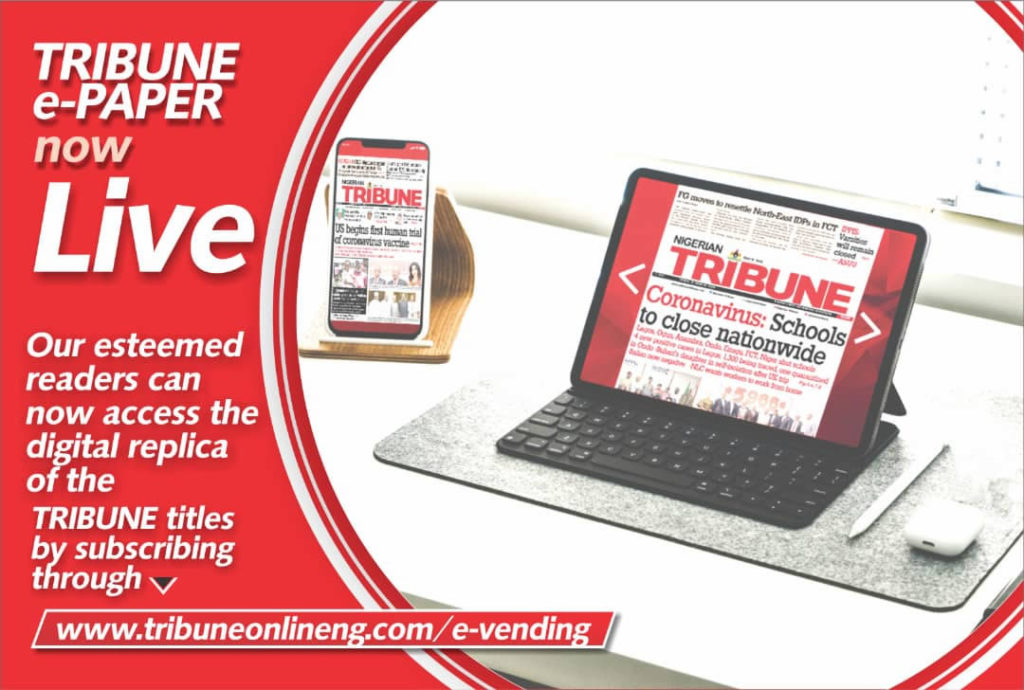By Olorunleke Olorunshola
Small and mid-sized businesses have long struggled with the challenge of managing operations using tools that either fall short or overshoot their needs.
Traditional ERP systems, while powerful, are often too expensive, complex, and rigid for the agility that smaller businesses require. For years, companies have been forced to choose between manual, disjointed processes or committing to software that demands more resources than they can reasonably provide.
That trade-off is becoming unnecessary. With the rise of low-code platforms, particularly Microsoft Power Platform, there is a new way forward. Rather than investing in bulky ERP suites that require months of configuration and training, businesses can now create custom, modular solutions that meet their unique needs, evolve over time, and cost a fraction of what legacy systems demand.
The shift is already happening. Across industries, more businesses are using tools like Power Apps and Power Automate to build internal applications for inventory, HR, compliance, procurement, and customer service. These are all classic ERP functions. What makes this shift powerful is not just the technology but the flexibility it offers. Need a leave request system that syncs with Outlook? A vendor management tool integrated with SharePoint? A real-time performance dashboard in Power BI? These are no longer multi-phase IT projects. They are solutions that can be designed, deployed, and refined in weeks, not quarters.
One of the biggest advantages is accessibility. Traditional ERPs often demand specialised consultants and full-time administrators. Power Platform solutions, on the other hand, can be designed and maintained by internal teams, especially when coupled with a solid governance model. Non-technical staff can contribute to building or modifying solutions, which increases ownership, adoption, and innovation.
This does not mean the transition is always easy. Change management, security, and scalability still need to be considered carefully. But when implemented with clear goals and thoughtful architecture, the benefits are substantial. In one case, a manual process that previously required paper sign-offs across three departments was transformed into a digital workflow that reduced delays, errors, and workload without a single line of traditional code.
The economic case is equally compelling. Licensing for Power Platform is flexible and can grow with the business. Unlike large ERPs that require upfront investment and long-term contracts, this model allows businesses to scale as needed, test quickly, and focus on solving real problems instead of adapting to inflexible templates.
Ultimately, the Power Platform is redefining what small businesses can expect from enterprise software. It removes the barriers to automation, integration, and insight that were once only available to large corporations. It enables SMEs to build their own ERP backbone, one app, one workflow, and one dashboard at a time.
As digital transformation continues to accelerate, the businesses that adopt modular, scalable, and user-friendly platforms will be the ones that stay ahead. Power Platform is not just a tool. It is a future-ready foundation.
Olorunleke Olorunshola is a digital transformation leader and certified Power Platform Architect with a background in geology and data science. With multiple Microsoft and ITIL certifications, he has delivered 25+ enterprise solutions that automate operations and empower teams across sectors in Nigeria and the UK.
Editorial Note: This article was first published on 18 March 2023. It was updated on July 10, 2025, to reflect new information and improve clarity without altering its original intent.
ALSO READ TOP STORIES FROM NIGERIAN TRIBUNE
WATCH TOP VIDEOS FROM NIGERIAN TRIBUNE TV
- Let’s Talk About SELF-AWARENESS
- Is Your Confidence Mistaken for Pride? Let’s talk about it
- Is Etiquette About Perfection…Or Just Not Being Rude?
- Top Psychologist Reveal 3 Signs You’re Struggling With Imposter Syndrome
- Do You Pick Up Work-Related Calls at Midnight or Never? Let’s Talk About Boundaries







